Brief Introduction of Henry Moore and His Contribution to the World of Art:
Henry Moore was an English artist and sculptor who lived from 1898 to 1986. He is considered one of the most significant sculptors of the 20th century, known for his groundbreaking work in bronze sculpture. Moore’s art was inspired by nature, organic forms, and the human body, and his sculptures often reflect these themes.
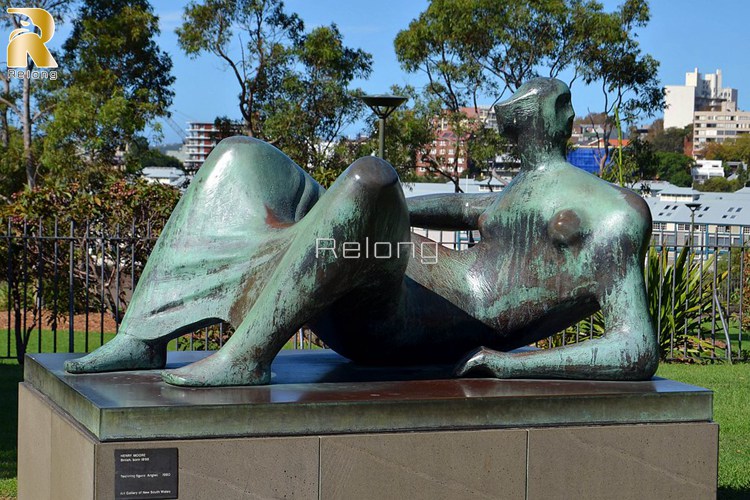
Moore’s contribution to the world of art is significant because he revolutionized the way sculptures were created and perceived. He developed a unique style that incorporated abstract and organic shapes, and he emphasized the materiality of his sculptures. His approach to bronze sculpture was groundbreaking because he created sculptures that were both abstract and figurative, and he explored new techniques to achieve this effect.
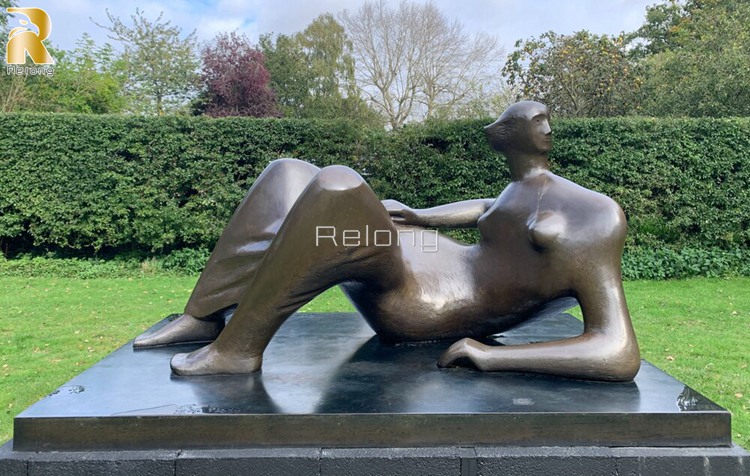
Moore’s work had a significant impact on the art world and influenced many other artists. His sculptures can be seen in major museums and public spaces around the world. His contribution to the world of art continues to be celebrated and admired by art lovers and critics alike.
Overview of Henry Moore’s Bronze Sculpture:
Henry Moore’s bronze sculpture is considered some of his most significant works. Moore used bronze as his primary material to create his sculptures due to its malleability, durability, and ability to hold intricate details. His bronze sculptures are known for their organic, abstract shapes, and they often reflect natural forms, such as stones, shells, and bones.
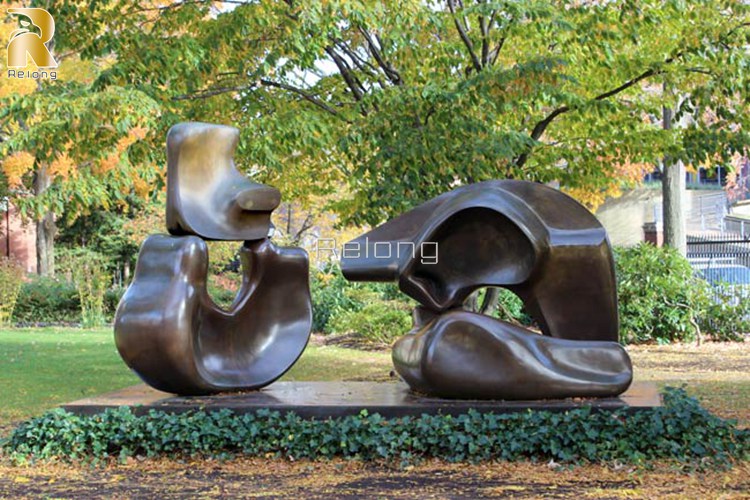
Characteristics of Henry Moore Bronze Sculpture:
Moore’s bronze sculptures are also characterized by their large size and monumental presence. He created many public sculptures that can be found in parks, museums, and other public spaces. These sculptures often interact with their surroundings, blending in with the landscape or architecture.
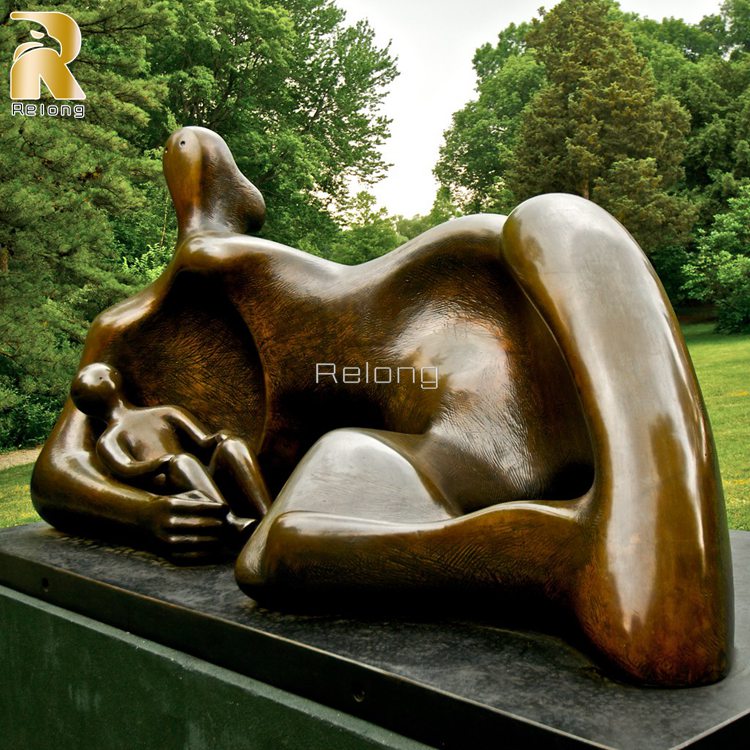
Moore’s bronze sculptures are renowned for their tactile quality, with their surfaces often being highly textured and polished. He would spend many hours finishing his sculptures to achieve the desired effect, and his attention to detail is reflected in the intricate patterns and textures on the surface of his bronze sculptures.
Overall, Henry Moore’s bronze sculptures are a testament to his innovative approach to sculpture and his ability to create art that is both abstract and figurative. His sculptures continue to inspire and captivate audiences around the world.
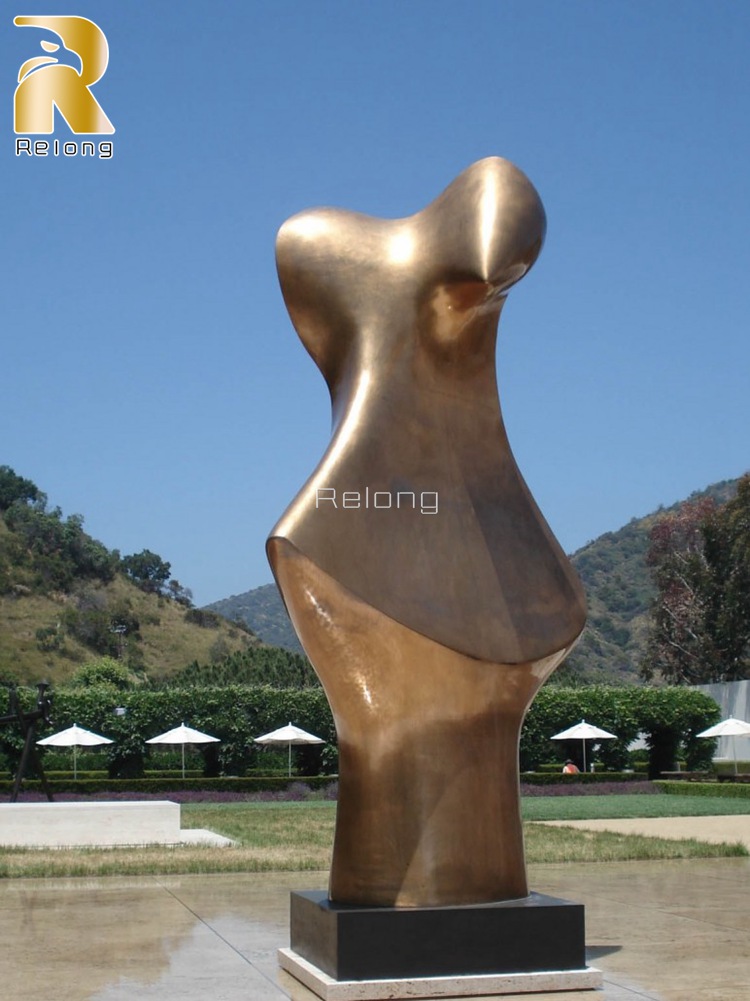
Why did Henry Moore use holes in his sculptures?
Henry Moore used holes in his sculptures as a way to explore the relationship between positive and negative space. By creating voids within the form of his sculptures, Moore was able to manipulate the viewer’s perception of space and create a sense of depth and movement within the work. He also believed that the use of negative space allowed the sculpture to interact with its surroundings and become more than just an object in space. The holes in Moore’s sculptures became an essential part of his unique style and are now considered a defining characteristic of his work.
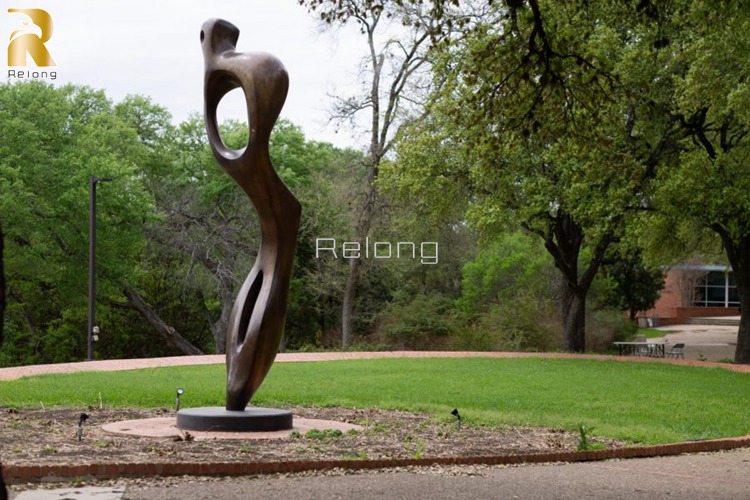
What is Henry Moore’s Most Famous Piece?
Henry Moore’s most famous piece is likely “Reclining Figure,” a series of sculptures depicting a reclining human figure. Moore created many variations of this sculpture throughout his career, with the first one dating back to 1929. The sculpture is characterized by its abstract and organic form, with curves and depressions that suggest the softness of flesh and the hardness of bones.
One of the most famous examples of the “Reclining Figure” can be found in the courtyard of the British Library in London, where a large bronze version of the sculpture has been installed since 1997. This sculpture, which measures over 13 feet in length, has become a beloved and iconic part of the London landscape and is widely regarded as one of Moore’s greatest works.
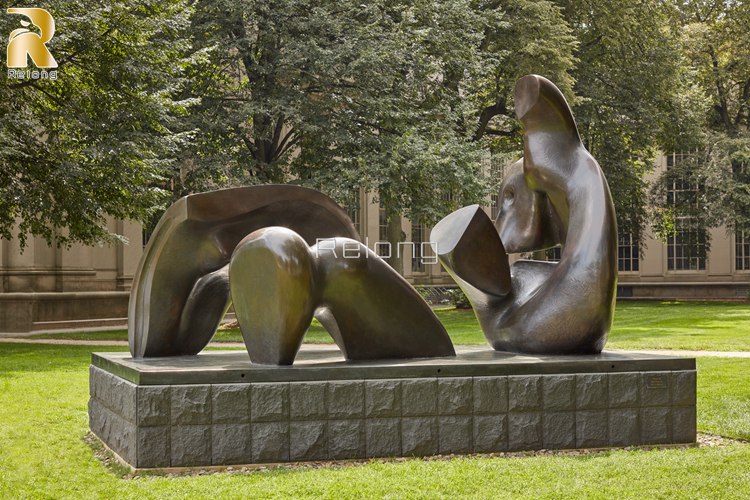
Collecting Henry Moore Sculptures:
Henry Moore’s sculptures are highly sought after by collectors and art enthusiasts around the world and are considered to be of significant value. The value of a Moore sculpture depends on a variety of factors, including its rarity, provenance, condition, and size.
Many of Moore’s sculptures are large-scale works that were created for public spaces, and as such, are not available for private ownership. However, smaller works by Moore, such as maquettes or models for larger sculptures, can be found on the art market and are highly prized by collectors.
Moore’s sculptures have a timeless quality and continue to captivate audiences today, which contributes to their enduring value. Additionally, Moore’s significant contributions to the world of art, his influence on other artists, and his lasting legacy all add to the collectible value of his sculptures.

Overall, owning a Henry Moore sculpture is not only a significant financial investment but also a chance to own a piece of art history and to appreciate the beauty and innovation of Moore’s work.

